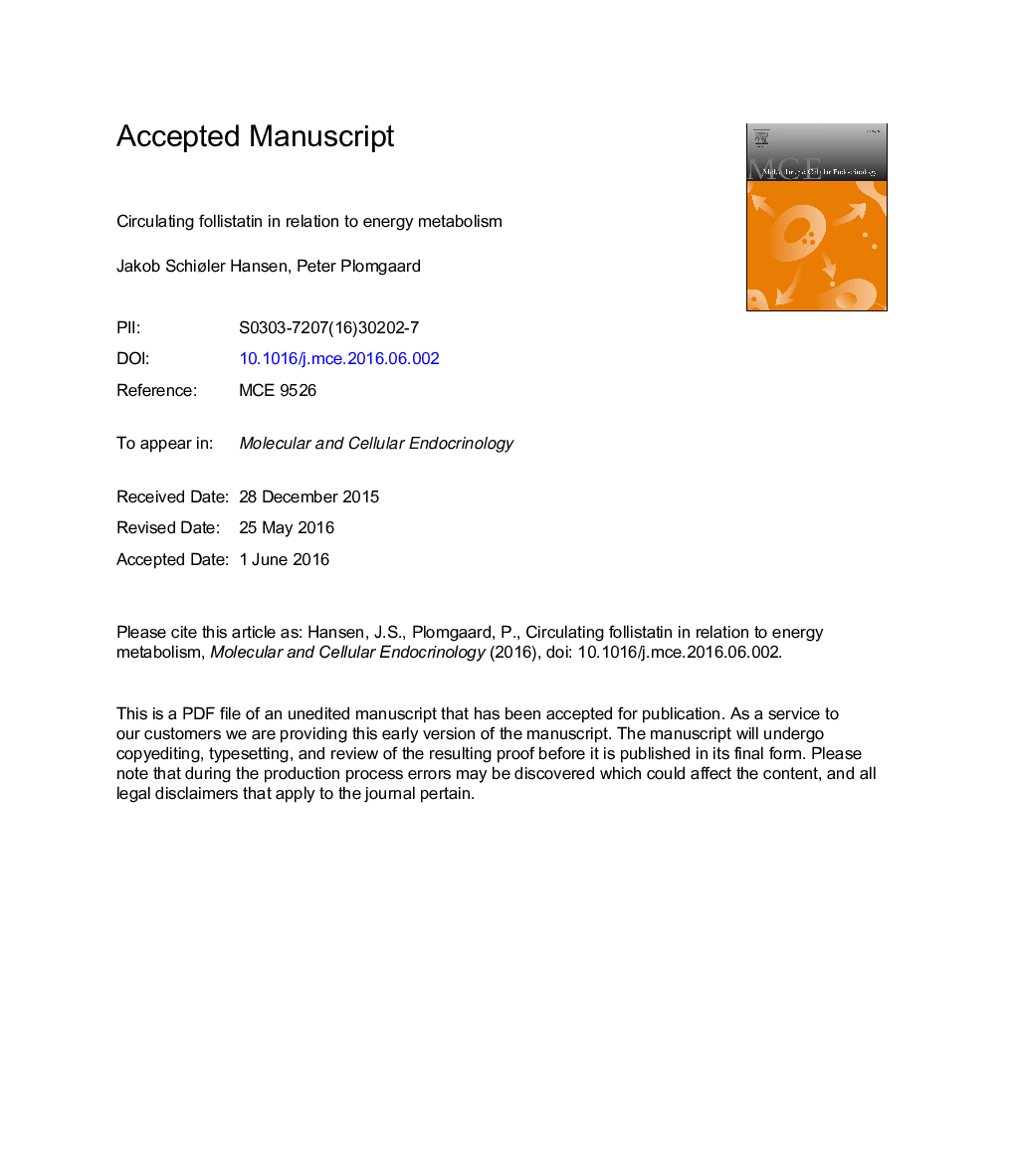| Article ID | Journal | Published Year | Pages | File Type |
|---|---|---|---|---|
| 8476734 | Molecular and Cellular Endocrinology | 2016 | 25 Pages |
Abstract
Recently, substantial evidence has emerged that the liver contributes significantly to the circulating levels of follistatin and that circulating follistatin is tightly regulated by the glucagon-to-insulin ratio. Both observations are based on investigations of healthy subjects. These novel findings challenge the present view of circulating follistatin in human physiology, being that circulating follistatin is a result of spill-over from para/autocrine actions in various tissues and cells. Follistatin as a liver-derived protein under the regulation of glucagon-to-insulin ratio suggests a relation to energy metabolism. In this narrative review, we attempt to reconcile the existing findings on circulating follistatin with the novel concept that circulating follistatin is a liver-derived molecule regulated by the glucagon-to-insulin ratio. The picture emerging is that conditions associated with elevated levels of circulating follistatin have a metabolic denominator with decreased insulin sensitivity and/or hyperglucagoneimia.
Related Topics
Life Sciences
Biochemistry, Genetics and Molecular Biology
Cell Biology
Authors
Jakob Schiøler Hansen, Peter Plomgaard,
